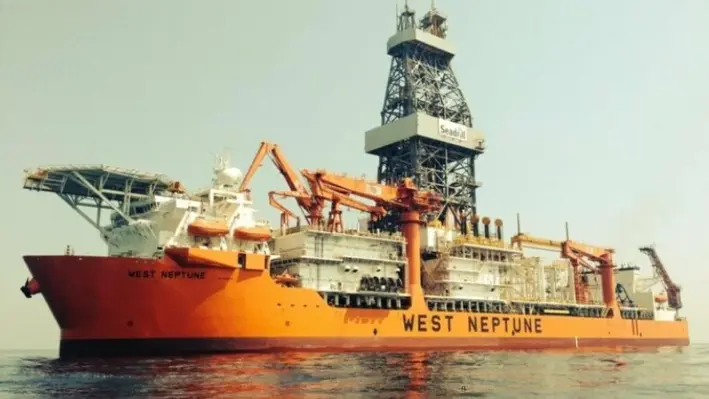

Last month, LLOG Exploration, a US-based privately owned oil and gas company, initiated development studies for two hydrocarbon-bearing wells following a successful three-well exploration and appraisal campaign in the Gulf of Mexico, now rebranded as the Gulf of America.
This is according to a report by Offshore Energy.
The campaign, which included the Who Dat East and Who Dat South wells, has yielded promising results, prompting further evaluation of potential development options.
The Who Dat East well, drilled in late April 2024 using Noble’s Noble Valiant drillship, revealed a hydrocarbon-bearing aggregate net pay thickness of 44 m measured depth (MD), with 31 m MD within two discrete reservoir units.
The joint venture partners—LLOG (operator, 40%), Karoon (40%), and Westlawn (20%)—are now conducting development concept studies to assess the technical and commercial viability of the Who Dat East prospect.
Karoon has revised its net revenue interest (NRI) for Who Dat East’s 2C contingent resource upward by 190%, from 5.4 million barrels of oil equivalent (boe) to 15.7 million boe, based on data from wireline logs, fluid samples, and subsurface studies.
The Who Dat South well, drilled in the fourth quarter of 2024 using Seadrill’s West Neptune drillship, reached a total depth of 7,014 m MD.
Preliminary interpretations indicated hydrocarbon-bearing sandstone intervals with an aggregate true vertical thickness (TVT) of 67 m, exceeding pre-drill estimates of 40 m.
Initial analysis of formation pressure measurements and fluid samples confirmed the presence of high liquid yield gas-condensate fluid.
The well has been suspended as a potential future producer pending further joint venture studies.
In contrast, the Who Dat West well, drilled in late December 2024 and reaching a total depth of 7,147 m in January 2025, did not encounter significant hydrocarbon-bearing intervals and has since been plugged and abandoned.
The Who Dat field, located in 800 m of water offshore Louisiana, has been in production since 2011. The field produces a mix of 60% oil and 40% gas from nine wells, processed through the Who Dat floating production system (FPS) and transported via common carrier pipelines.
Gross production in Q4 2024 averaged 29,576 boe per day, a 3% decline from the previous quarter due to an extended 18-day maintenance shutdown caused by Hurricane Rafael and a gradual 10-day ramp-up period to restore full production.
Average realised prices for Who Dat liquids, including oil, condensate, and natural gas liquids (NGLs), fell by 9% to US$68.44 per barrel, reflecting global oil price trends. However, the average realised gas price increased by US$83.07 per thousand cubic feet (mcf), driven by higher seasonal demand during winter.
Dr Julian Fowles, Karoon’s CEO and MD, said, “In the US, the Who Dat gross production for the quarter was 3% lower than in 3Q24, primarily due to the planned annual platform shutdown and gas compressor maintenance. As a mature asset, without interventions Who Dat production, is expected to naturally decline by approximately 15% pa on average.
“During 2024, natural decline was largely offset by well interventions, sidetracks and production system optimisations. 2025 production will also benefit later in the second half from two well interventions, in line with our long term aim to offset decline rates through periodic infield activities.”
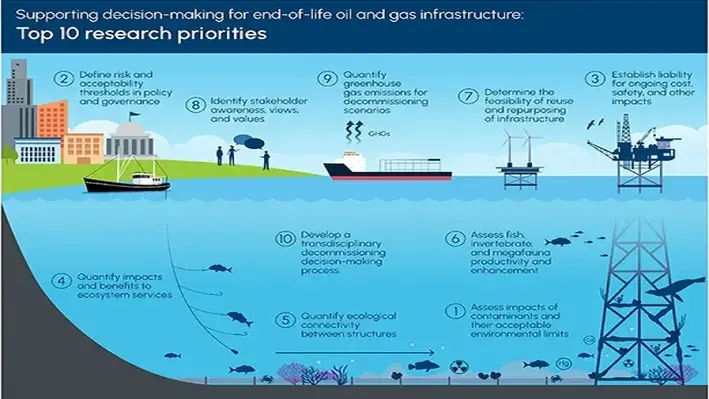
 Depending on the scenario, decommissioning oil and gas infrastructure can have potential negative impacts both on the economy and environment.
Depending on the scenario, decommissioning oil and gas infrastructure can have potential negative impacts both on the economy and environment.
The top 10 research priorities were highlighted in a 2023 resarch paper which aid in making informed decommissioning decisions and enhance our understanding of its detrimental impacts.
Several contaminants are released into the environment during the decommissioning process. These include residual chemicals and reservoir constituents that can have significant negative impacts on marine life. As part of the risk assessment framework, all contaminants need to be carefully identified and assessed. Understanding the long-term, site-specific consequences of these contaminants is key to adequately assess risks from various decommissioning options including full removal, partial removal and leave in-situ decommissioning options.
A majority of risks associated with offshore decommissioning activities lack well defined baselines to measure potential impacts. In order to identify parameters that can be measured and monitored, a baseline needs to be predetermined, without which, the acceptability of decommissioning options cannot be assessed.
Due to a lack of knowledge and inconsistent or deficient regulatory guidance, the ongoing costs within current decommissioning decision-making processes are often overlooked. Liability frameworks should therefore be defined to determine the cost of full removal of structures, making remaining items safe, and returning the seabed to its pre-activity state. Costs involving alternative approaches such as the relocation of structures to a reefing location are also calculated by the industry.
To adequately assess and compare the social, technical and economic impact of decommissioning, the ecosystem services that are gained or lost from different decommissioning options need to be determined. While few marine-based environmental impact assessments (EIAs) are currently being integrated with ecosystem services, there has been limited success attributed to data gaps and the values have been ineffectively captured by ecosystem services. Hence, alternate schemes such as the Intergovernmental Platform for Biodiversity and Ecosystem Services (IPBES) and Nature's Contributions to People have been developed.
The long-term presence of offshore structures can have a positive and negative influence on ecological diversity, productivity and connectivity. For example, the presence of oil and gas structures in marine ecosystems can have negative consequences on the natural migration pathways of species that might be altered by the emission of sound, vibrations and light from structures. On the other hand, presence of these offshore infrastructures can also extend foraging opportunities of certain mobile species such as Australian fur seals. Long-term monitoring data should therefore be collected throughout the lifecycle of these installations to appropriately understand their impact on populations and connectivity.
Production and attraction mainly refer to whether fish are attracted to an artificial structure or whether it enhances fish production. When a new structure is installed, fish are rapidly attracted to the structure which can redistribute existing production. In some cases, fish production can significantly increase when infrastructures are installed in predominantly sandy, oligotrophic habitats since they provide additional hard substrata that can potentially increase the carrying capacity of organisms that utilise such habitats. Assessments should consider the duration of these structures in place and the extent of connectivity between fish populations on the structures and the broader ecosystem.
A range of research questions need to be addressed to assess the feasibility of re-using or re-purposing offshore structures. Firstly, it is important to understand the process of degradation of different materials beyond their initial design life. Secondly, the evolution of different seabed sediments and their impact on the stability and integrity of decomissioned offshore infrastructure need to be considered. Thirdly, the technology required to contain hazardous substances, monitor their impact on the ocean environment, pursue re-cycle, re-purpose and re-use opportunities for recovered infrastructure needs to be understood. Lastly, performing testing and validation is crucial to achieving confidence of the sector and inclusion in industry standards.
A review of stakeholder values regarding the benefits of offshore instrastructure identified both risks and opportunities. These involve a combination of social and economic values that are shaped by their knowledge frames. Since there is no one-size-fits-all, further research is required to understand the factors that influence the perceptions and attitudes of stakeholders towards decommissioning.
Although the decommissioning process contributes minimally to greenhouse gas (GHG) emissions in comparison to its full cycle, it still needs to be evaluated in regard to its total contribution to the global goal of reaching net zero emissions by 2050. It is also important to highlight the positive contributions of these structures such as the carbon sequestration potential of marine ecosystems formed around these structures in situ. Qualitative analysis of all sources of GHG emissions sequestered should also be considered. A combination of all these analyses would result in a net-carbon footprint being identified for each decommissioning option.
While classifying research priorities into disciplines is necessary to assess their impact, they are also in most cases, found to be transdisciplinary in nature.
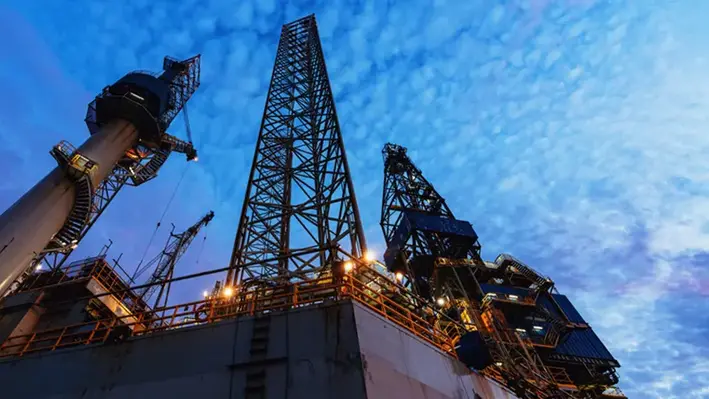
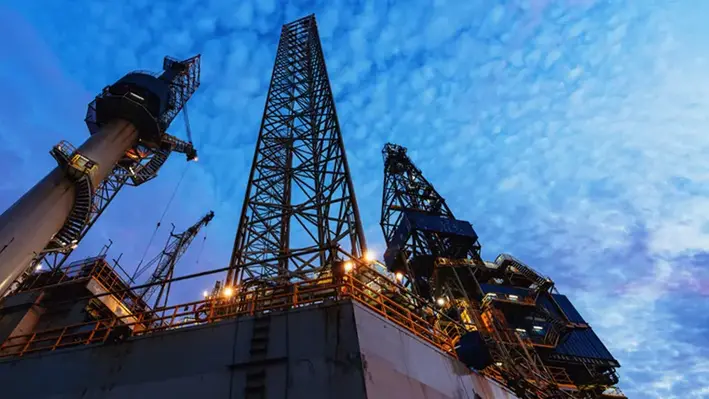 Expro, a global energy services provider, has secured a contract to supply Tubular Running Services (TRS) for a significant Carbon Capture and Storage (CCS) project in the Netherlands.
Expro, a global energy services provider, has secured a contract to supply Tubular Running Services (TRS) for a significant Carbon Capture and Storage (CCS) project in the Netherlands.
This initiative involves converting legacy offshore gas wells into CO₂ injection wells, decommissioning shallow wells, and drilling platform slot recovery wells. As the first offshore CCS storage system in the Netherlands, the project aligns with Expro’s sustainability goals.
The company will utilise its proprietary non-marking TRS technology, designed for corrosion-resistant alloy (CRA) tubulars, ensuring long-term well integrity in highly corrosive CO₂ environments.
Iain Farley, Expro’s Regional Vice President for Europe and Sub-Saharan Africa, emphasised the significance of the contract: “Securing this contract for this major CCS project highlights Expro’s advanced technical expertise in deploying CRA tubulars. The specific technologies being used throughout the project are proven in the oil and gas sector and it is fantastic to see these capabilities helping to unlock the potential of the CCS sector. Expro TRS services are designed for safety, efficiency and precision, and so we look to be playing a vital role in supporting the success of this project. Expro has a well-earned reputation for delivering high-performance solutions for complex well construction challenges and we are committed to pioneering solutions for energy transition challenges. This contract cements the company’s role in advancing sustainable practices in the offshore energy sector.”
With a legacy dating back to 1938, Expro has established itself as a leader in tubular running services worldwide. The company also provides additional well integrity solutions, including performance drilling tools, wellbore clean-out, and cementing technologies.
Expro’s comprehensive portfolio includes tubular handling products for all sizes of large OD tubulars, surface and intermediate casing, production casing, and tubing. Additionally, the company offers drill pipe handling tools designed for demanding drilling conditions and heavy landing string applications.

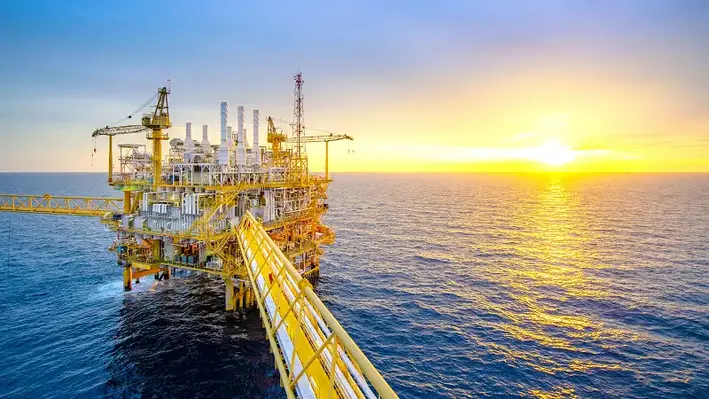
The decommissioning process comprises a total of seven stages, with preparation being the third stage.
This stage involves well P&A, cleaning, purging and isolation, and a preliminary categorisation of material streams. Using renewable energy sources like wind, solar or wave power to perform offshore decommissioning activities offers a plethora of environmental and cost-saving benefits.
Some notable applications include:
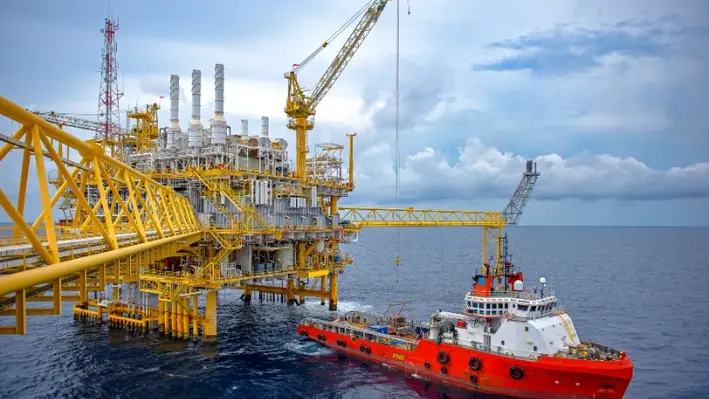

The Shenandoah floating production system (FPS), a key component of Beacon Offshore Energy’s deepwater project, has reached the Gulf of America following its journey from South Korea.
Built at HD Hyundai Heavy Industries’ shipyard in Ulsan, the 26,050-metric-ton FPS was transported aboard the semi-submersible vessel Xin Yao Hua and arrived at Kiewit Offshore Services’ fabrication yard in Ingleside, Texas, on 10 February 2025.
The unit is now undergoing final preparations and regulatory inspections before its installation at the Shenandoah field in the Walker Ridge area.
With a nameplate capacity of 120,000 barrels of oil per day (bopd), the FPS is set to play a pivotal role in the Shenandoah Phase 1 development.
Mooring pile installation has already been completed, with infield pipelay activities scheduled for the first quarter of 2025.
The project’s 102-mile SYNC oil export pipeline and upgrades to the CHOPS GB 72 platform are also finished, paving the way for first oil production in the second quarter of 2025.
Located approximately 230 miles from New Orleans in water depths of up to 5,500 feet, the Shenandoah field is a major deepwater venture for Beacon Offshore and its partners.
The company has also sanctioned Shenandoah Phase 2, which includes drilling two additional wells, expanding the FPS capacity to 140,000 bopd, and installing a subsea booster pump to enhance hydraulic efficiency.
These activities, planned between 2025 and 2028, are expected to add 110 million barrels of oil equivalent (MMBOE) in resources.
To support the expanded development, Beacon Offshore and its partners, including HEQ Deepwater and Navitas Petroleum, have secured an additional US$mn in debt commitments, bringing total project financing to over US$1.2bn.
In parallel, Beacon Offshore is advancing plans for the Shenandoah South discovery in Walker Ridge 95. This project, located in water depths of 5,800 to 6,000 ft, will leverage the existing Shenandoah FPS infrastructure via a three-mile subsea tieback.
Initial production from Shenandoah South is anticipated in the second quarter of 2028, with an estimated 74 MMBOE of resources. A final investment decision for Shenandoah South is expected by mid-2025.
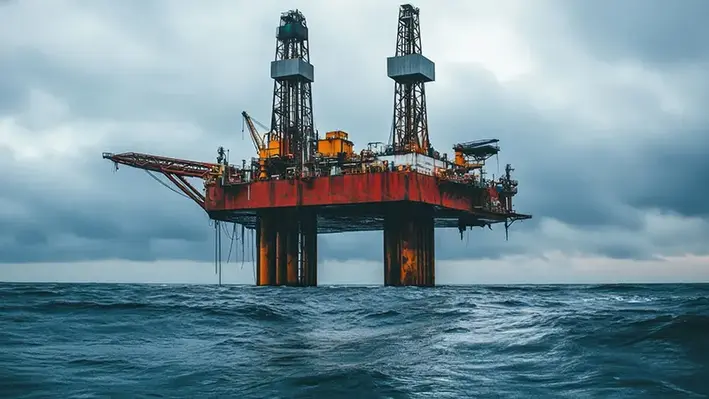
 A recent report on the North America Decommissioning and Closure Service market by Verified Market Reports forecasts that the market will reach US$14.8bn by 2030, growing at a CAGR of 6.9% from 2024 to 2030.
A recent report on the North America Decommissioning and Closure Service market by Verified Market Reports forecasts that the market will reach US$14.8bn by 2030, growing at a CAGR of 6.9% from 2024 to 2030.
This is driven by factors such as ageing infrastructure, stricter environmental policies and the increasing cost-effectiveness of decommissioning technologies, with key advancements including improved safety standards, automation of certain decommissioning processes and enhanced waste management techniques.
Ageing infrastructure is a major driver with older plants requiring decommissioning and closure as they reach the end of their life cycle, to ensure compliance with safety and environmental standards, such as the BSEE regulation that stipulates that wells must be plugged and abandoned within three years of being deemed ineligible for further work, and platforms must be removed within five years of being no longer useful for operations.
Increasingly stringent environmental regulations and policies related to waste disposal, emissions control and site remediation are pushing companies to engage in responsible decommissioning practices and improve the environmental footprint of their operations, which is vital for safeguarding public health and the environment.
Trends such as the emphasis on environmental sustainability and the integration of circular economy practices also play a significant role in shaping the market’s future, with an increasing focus on repurposing and recycling decommissioned assets.
Technology plays a critical role in improving the efficiency, safety and environmental impact of decommissioning services. The integration of advanced technologies such as AI, drones, robotics and automation in the decommissioning process has significantly improved efficiency, reduced human exposure to hazardous environments, and lowered operational costs. Furthermore, advancements in data analytics and AI help companies manage decommissioning projects more effectively by predicting potential risks and improving decision-making.
Challenges highlighted by the report include ongoing supply chain disruptions, particularly in the materials needed for decommissioning projects, which can result in delays, necessitating the improving of supply chain management and diversification of sources of materials. Navigating complex regulatory environments can also delay projects, with increased collaboration between service providers and regulatory bodies needed to streamline approval processes. Pricing pressures are also a constraint, driving the leveraging of technology to reduce operational costs and improve overall efficiency.
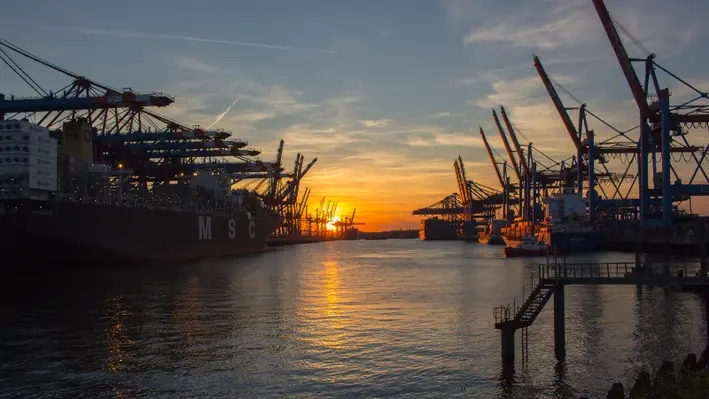

The global high pulsed power market for well intervention, valued at approximately US$267mn in 2023, is poised for remarkable growth, according to a market report by Transparency Market Research.
The organisation has indicated a compound annual growth rate (CAGR) of 23.2% from 2024 to 2034 for the sector.
By the end of 2034, the market is expected to reach an estimated US$3.5bn, according to industry analysts.
High pulsed power solutions have become indispensable in modern well intervention, offering efficient energy delivery to address blockages and enhance the productivity of aging oil wells.
As global energy demand rises and production rates from mature wells decline, the oil and gas industry is increasingly relying on these technologies to extend asset life and improve recovery rates.
Additionally, growing investments in onshore intervention activities are further propelling market expansion, as operators prioritise maximising output from existing assets over drilling new ones.
Well intervention encompasses a range of techniques—such as workover, slickline, wireline, and coiled tubing operations—aimed at maintaining and boosting the production of oil and gas wells. High pulsed power technology plays a critical role in these interventions by compressing and delivering energy pulses that effectively break up blockages and improve fluid flow. Typically, these systems power specialised equipment, such as diamond drilling bits, which help remove debris and optimise hydrocarbon flow.
1. Rising adoption of liquefied gases and renewable energy initiatives
As global energy demand escalates and mature wells struggle to maintain production, operators are increasingly turning to interventions to extract additional resources. High pulsed power solutions are proving essential for enhancing the efficiency of these operations, particularly in onshore fields where aging assets require innovative technologies to boost recovery.
2. Increased investment in onshore interventions
Developing countries, aiming to reduce their reliance on imported oil, are ramping up investments in onshore interventions. For instance, Petrobras recently tendered for 15 land rigs to perform intervention activities in mature fields. Such initiatives are driving market demand as operators seek to extend the life of existing wells and optimise asset performance.
3. Research and development of pulse modulators and advanced components
Ongoing research into standardised pulse modulators and the development of high-voltage interconnects—including cable assemblies and receptacles—is expanding the product portfolio of high pulsed power systems. These innovations are crucial for delivering reliable and energy-efficient solutions that meet the demanding requirements of well intervention operations.
In 2023, North America dominated the high pulsed power market for well intervention, driven by the adoption of efficient and cost-effective techniques for well maintenance. The region’s focus on optimising existing oil and gas assets—through advanced technologies such as wireline perforating and coiled tubing—has significantly bolstered market growth.
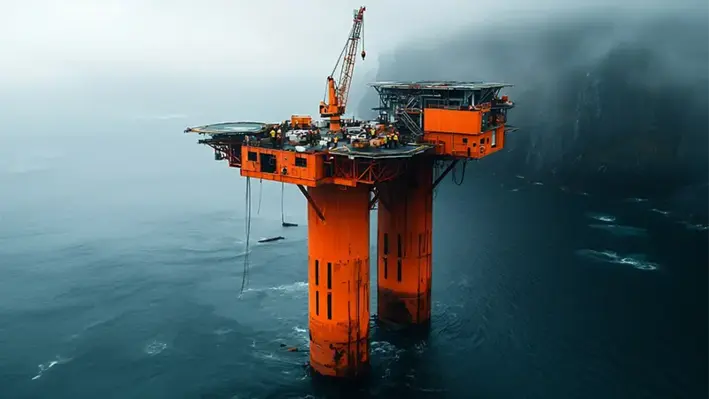

Australia’s total decommissioning liability is estimated at around US$40.5bn, with the region’s disposal industries, although being well placed, possess some critical knowledge gaps that urgently need addressing.
According to a report by CODA, a scenario mapping exercise based on the Strengths, Weaknesses, Opportunities Threats (SWOT) analysis was performed. From the analysis, the following potential disposal solutions were found to be ideal:
With the presence of an efficient domestic recycling industry and concrete recycling market, the waste management and recycling phase of Australia’s offshore decommissioning seems to be on track. However, a number of negative factors have resulted in the preference of abroad disposal over domestic disposal:
By working towards enhancing domestic disposal capabilities, Australia can not only reap economic and environmental benefits, but also promote technology and infrastructure development and adhere more strongly to local laws. This in turn helps in building public trust and reputation, thereby giving Australia a chance to position itself as a leader in sustainable offshore decommissioning.
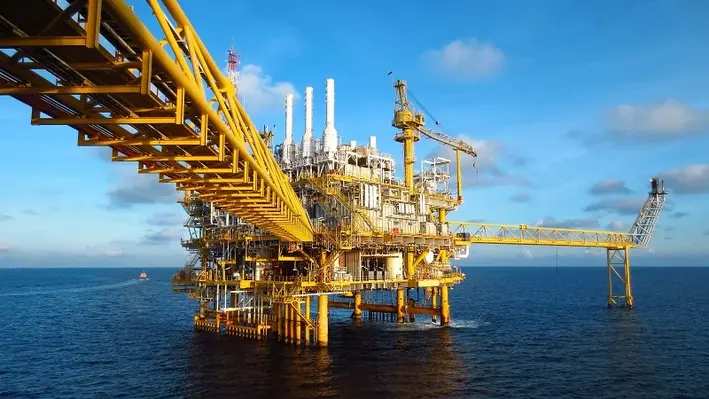

The states of Louisiana, Mississippi and Texas are suing against a new rule that tightens up the criteria for oil and gas companies to prove they can meet the financial obligations for decommissioning, according to a recent press article published by Public Radio wbhm.
Oil and gas companies with offshore infrastructure are obligated to decommission it when it is no longer useful, by plugging wells and removing platforms within set deadlines.
As of June 2023, more than 2,700 wells and 500 platforms were overdue for decommissioning in the Gulf of Mexico, according to the US Government Accountability Office. It states that the lack of effective enforcement by the Bureau of Safety and Environmental Enforcement (BSEE) has contributed to widespread decommissioning delays that have grown into a substantial backlog, and that the Bureau of Ocean Energy Management (BOEM) does not effectively assure that operators have the financial and technical capacity to meet decommissioning obligations in advance of potential delays, bankruptcies, or other defaults. Delays can increase environmental and safety risks, as well as potentially indicating that companies are in financial trouble and may leave the government to foot the bill for decommissioning.
A 20-year-old BOEM rule requires a company to provide financial assurance to prove it can clean up the infrastructure afterward before it can get a lease to drill. In April 2024, the BOEM passed a new rule, substantially strengthening the financial assurance requirements for the offshore oil and gas industry operating on the U.S. Outer Continental Shelf (OCS), to better protect the American taxpayer from bearing the cost of oil and gas facility decommissioning. It includes the requirement that companies which cannot provide adequate financial assurance have to put up a surety bond.
“The offshore oil and gas industry has evolved significantly over the last 20 years, and our financial assurance regulations need to keep pace,” said BOEM director Elizabeth Klein at the time of the issue of the updated rule. “Today’s action addresses the outdated and insufficient approach to supplemental bonding that does not always accurately capture the risks that industry may pose for the American taxpayer – like financial health of a company or the value of the assets that the lessee holds.”
The three states are suing against the new rule on the grounds it would be unaffordable for independent small and mid-sized oil companies, potentially causing bankruptcies and job losses. Meanwhile, environmental groups, the API and major oil companies (who might be better able to shoulder any additional costs), are supporting the new rule.
It is reported that the district judge for the Western District of Louisiana will decide whether or not to approve an injunction, which will pause the rule while arguments are heard. In the meantime, the rule remains in effect.

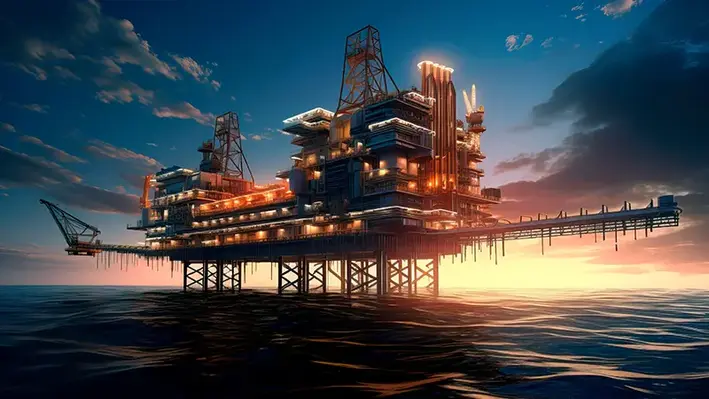
An analysis by Ocean Conservancy has shown that the number of offshore oil wells that are overdue and in need of decommissioning could likely double by 2030.
A report entitled 'Protecting the Ocean and Taxpayers by Strengthenening Standards for Offshore Oil and Gas Decommissioning,' that was released during the end of last year, provides a comprehensive outlook at the state of offshore oil and gas decommissioning in the Gulf of Mexico, the growing consequences of the failing regulatory system, and policy changes to address them.
As of 2023, the federal waters of the Gulf of Mexico contained roughly 2,700 wells and 500 platforms that were overdue for decommissioning and considered delinquent. This idle and deteriorating infrastructure in the ocean is a growing risk to the environment and wildlife, and a growing risk to taxpayers if the government is forced to use tax dollars to cover cleanup costs. Risks associated with delinquent oil wells include oil spills which not only pose a major risk to the environment and wildlife, but are also a growing risk to taxpayers if the government is forced to use tax dollars to cover cleanup costs.
An analysis by Ocean Conservancy found that if the challenges with decommissioning policy are not fixed and the backlog is not addressed, the number of overdue wells in need of decommissioning could nearly double by 2030, ballooning to more than 5,000 wells.
“Experts estimate the cost to decommission all Gulf of Mexico oil and gas infrastructure–including active and idle– could be anywhere from US$40mn to US$70bn. Meanwhile, the federal system that governs offshore decommissioning is plagued by widespread and substantial shortcomings,” said Andrew Hartsig, an expert on offshore oil and gas policy and senior director of Arctic Conservation at Ocean Conservancy. “We need to make changes before this already-failing system comes under more strain and leaves taxpayers footing the bill.”
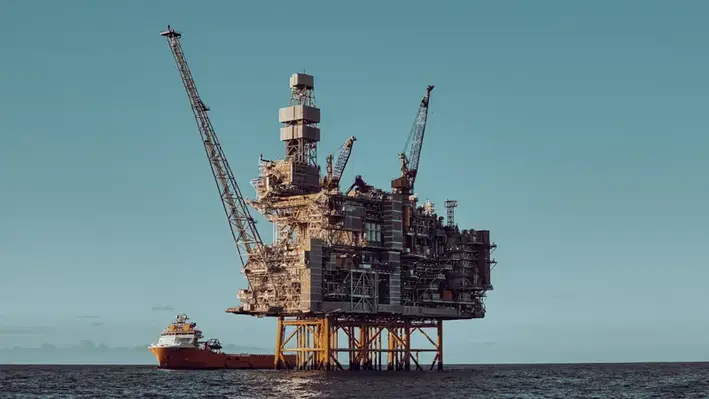
 A prominent provider of energy data and intelligence called TGS has announced the award of a 4D streamer contract acquisition project in the Barents Sea covering the Goliat 4D field operated by Var Energi.
A prominent provider of energy data and intelligence called TGS has announced the award of a 4D streamer contract acquisition project in the Barents Sea covering the Goliat 4D field operated by Var Energi.
The Goliat 4D project is scheduled to start in July with a total duration of approximately 20 days. The Goliat field was the first one to come into production in the northernmost area of the Norwegian continental shelf. It boasts one of the largest and advanced production units, including floating production storage and offloading (FSO) installations with permanent mooring.
Infrastructure development and drilling projects initiated in the region contributes to production boost, enhanced recovery and asset lifetime extension. Since the first discovery of oil in 2023, several exploration wells have been drilled to connect the resources as tie back to Goliat.
Kristian Johansen, CEO of TGS, commented, "We are very pleased to secure more 4D work on the Norwegian continental shelf for the 2025 summer season. We already have secured one contract in the Barents Sea with a duration of approximately 45 days, and this award is scheduled to be acquired back-to-back. Adding on the recently announced multi-client project, we have built a solid Barents Sea acquisition campaign."
To know more about the well intervention scene in and around EU, click here.

 Repsol Norge has awarded Odfjell Technology a contract to deliver drilling services on the Yme Inspirer, a jack-up rig producing oil from the Yme Field in the eastern Norwegian North Sea
Repsol Norge has awarded Odfjell Technology a contract to deliver drilling services on the Yme Inspirer, a jack-up rig producing oil from the Yme Field in the eastern Norwegian North Sea
The agreement covers drilling, completion, re-completion, well intervention, maintenance, engineering, and plug and abandonment (P&A) services. The firm contract spans five years, commencing this spring, with options for two additional three-year extensions. The estimated value of the firm period is NOK 400 million ($38 million), while the full contract, including options, could reach NOK 1 billion (US$95mn).
In a separate deal, Odfjell Technology has secured a contract from OSM Thome to perform upgrades and modifications on the Heidrun B Floating Storage Unit (FSU) in the Norwegian Sea. This facility is owned by Equinor and its partners, with OSM Thome responsible for daily operations and maintenance.
The scope of work includes engineering, construction, and installation, such as implementing a new volatile organic compounds (VOC) recovery system and replacing an existing crane to enhance the FSU’s safety and technical integrity. While the upgrade efforts commenced in May 2022, they have now been formalized under this contract, with completion expected by early 2027.
Additionally, OSM Thome has subcontracted Odfjell Engineering to carry out specific modifications under this agreement.
These contracts reinforce Odfjell Technology’s strong position in the North Sea energy sector, providing critical drilling, intervention, and engineering solutions to optimize offshore assets and support long-term energy production.
Page 31 of 111